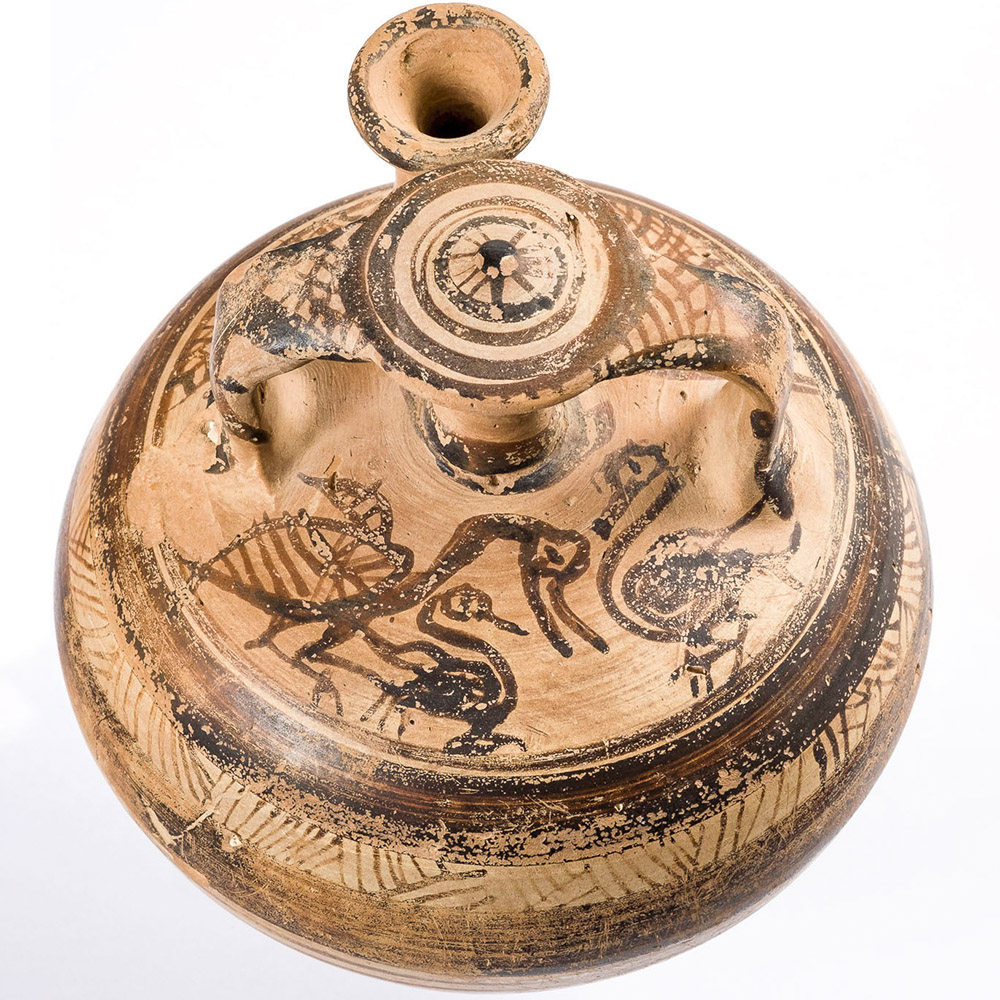January 2024 (128.1)
Article
Figural Imagery and Society in the Postpalatial Aegean: Mycenaean Pictorial Pottery from Perati in Its Chronological and Regional Context
By Sarah C. Murray and Bartłomiej Lis
The assemblage of artifacts from the Late Helladic IIIC Mycenaean cemetery at Perati includes a considerable quantity of figure-decorated pottery and figural representations in other media, including figurines and seals. Advances in scholarship since these artifacts were discovered and published encourage a reconsideration of their meaning and significance. This study reviews the corpus of figural art from Perati and considers its potential significance for interpreting several aspects of Bronze Age society following the palatial collapse in the central and eastern Aegean regions. Discussion begins with a brief background on the site of Perati and a review of relevant scholarship regarding art and society in the Postpalatial period. It then turns to description of the figural art from Perati and places this material in its contemporary regional and cultural context, emphasizing comparisons and connections with the nearby sites of Lefkandi (Euboea) and Grotta (Naxos). Finally, the article reflects on these discussions to generate new conclusions about the likely mixed nature of all three communities, the logic underpinning their iconographical choices, and the origin of ideas driving some social change in the postpalatial Aegean.
